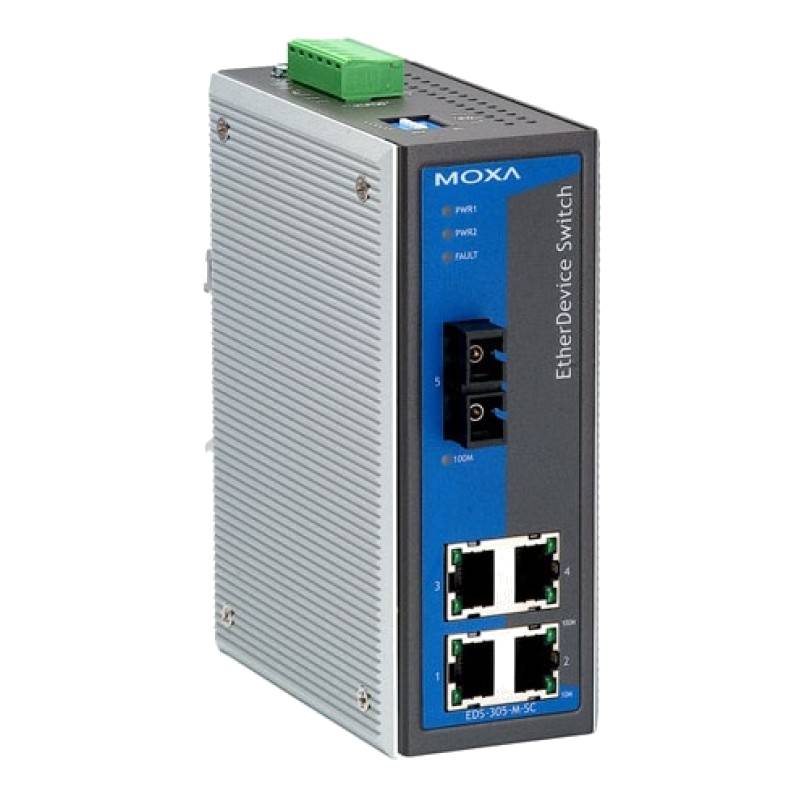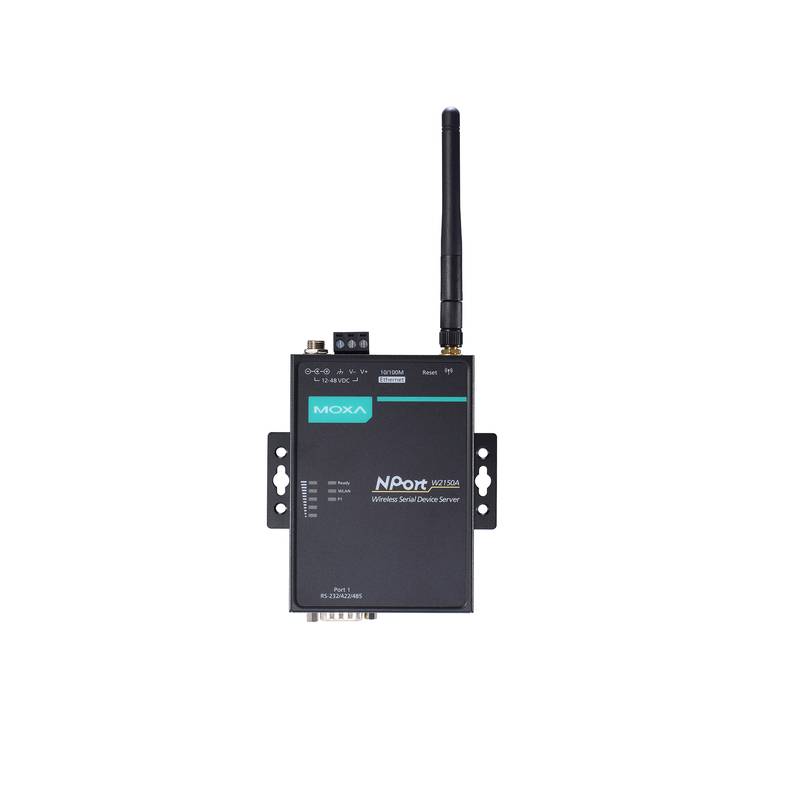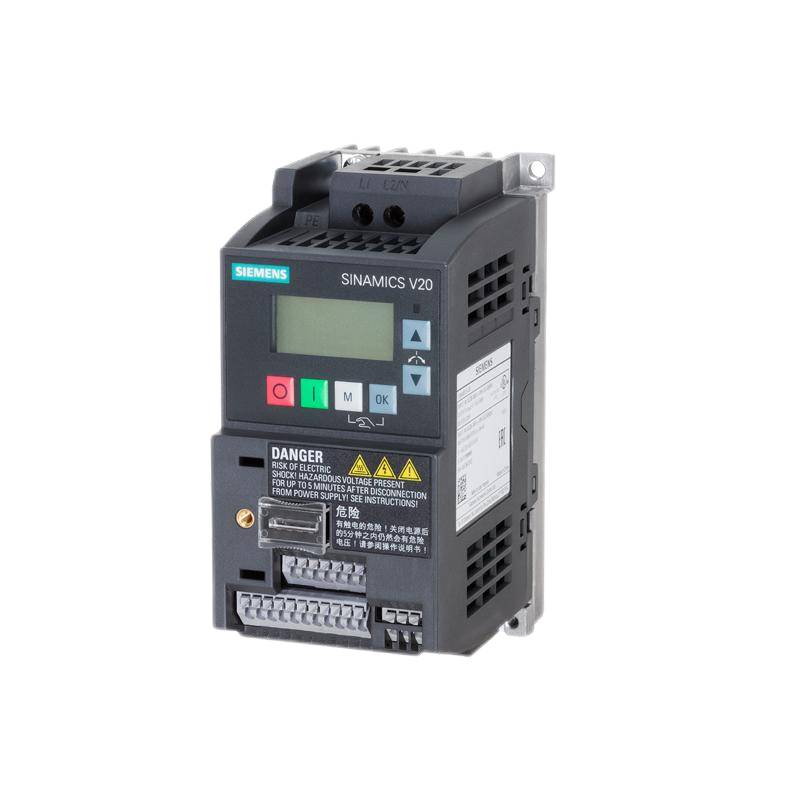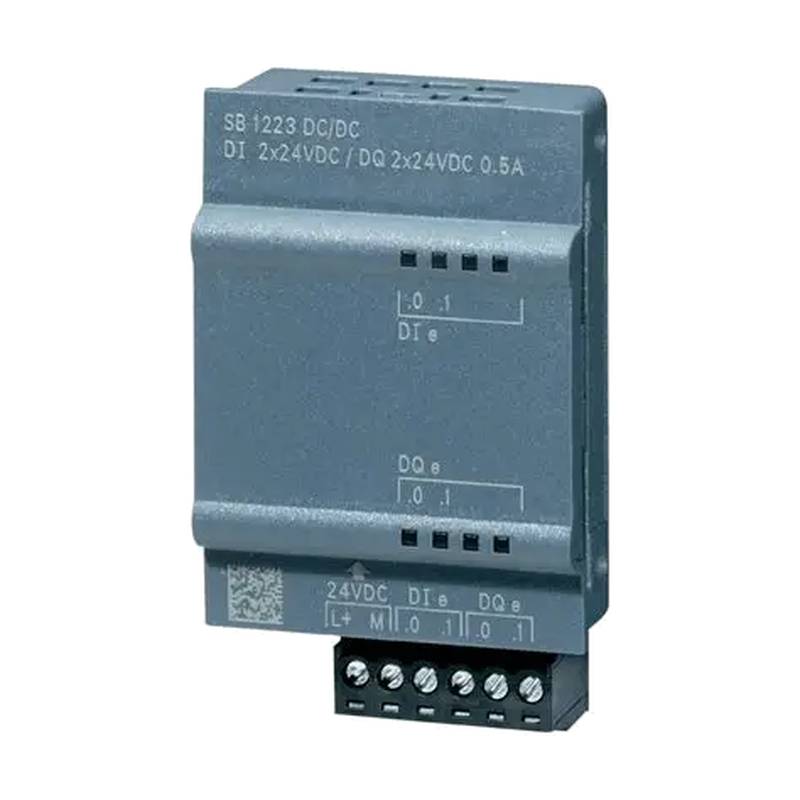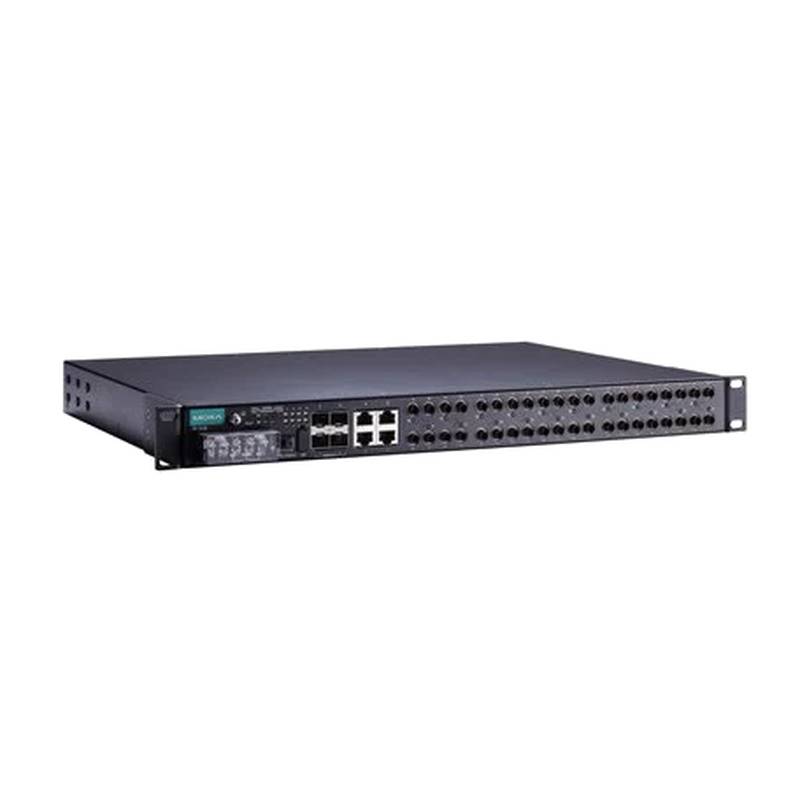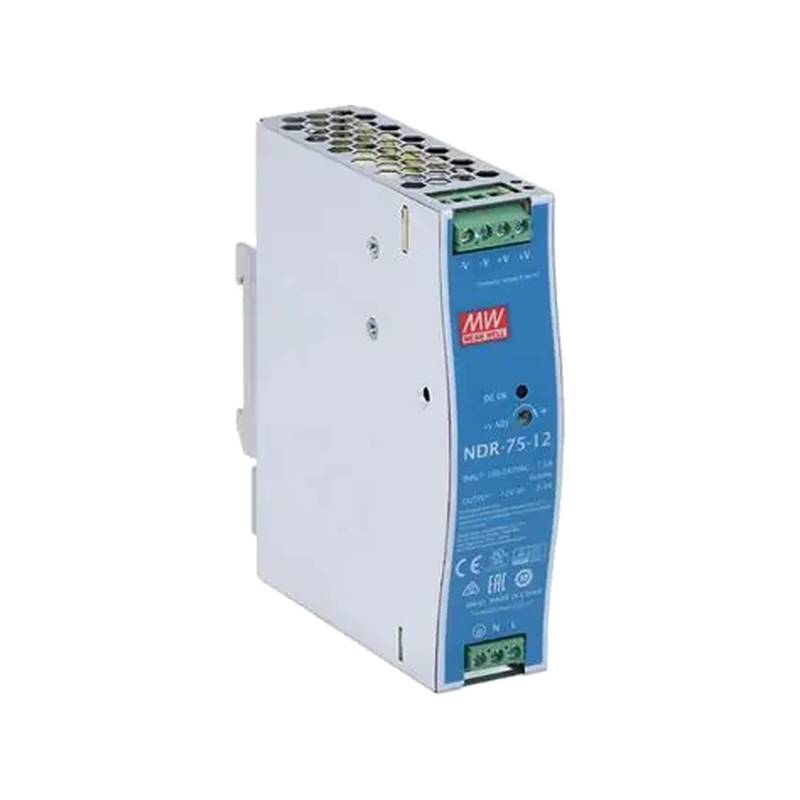
The SIMPHOENIX DL100-4T0075 Drive Industrial Power Control Unit, a 7.5kW powerhouse, redefines industrial automation with its robust performance and advanced control capabilities. This unit distinguishes itself through exceptional energy efficiency, precise motor control, and seamless integration into complex manufacturing environments. Its core technical specifications include a powerful 7.5kW (10HP) output, compatibility with 400V three-phase power supplies, and a sophisticated Variable Frequency Drive (VFD) architecture designed for optimal torque and speed regulation. The DL100 series also boasts an impressive overload capacity and an extended operational lifespan, making it a strategic investment for demanding industrial applications.
Product Specifications
| Feature | Specification |
| :------------------ | :---------------------------- |
| Model | DL100-4T0075 |
| Power Rating | 7.5 kW (10 HP) |
| Input Voltage | 400V Three-Phase |
| Output Frequency | 0-600 Hz |
| Control Method | V/f, Vector Control, Flux Vector |
| Protection Rating | IP20 |
| Operating Temperature | -10°C to +50°C |
| Braking Unit | Integrated (optional resistor) |
| Communication Ports | RS485, Modbus RTU |
Core Features & Market Positioning
The SIMPHOENIX DL100-4T0075 positions itself as a premium solution for industries requiring high-performance motor control and significant energy savings. Its advanced vector control algorithms ensure precise speed and torque regulation, even under fluctuating loads, a critical advantage in applications like conveyor systems, pumps, and fans. The unit's robust design and integrated protection features, including overcurrent, overvoltage, and thermal overload protection, contribute to its reliability and longevity in harsh industrial settings. Furthermore, its Modbus RTU communication capabilities facilitate straightforward integration into SCADA systems and Distributed Control Systems (DCS), enhancing its appeal for modern, interconnected factories. The DL100 series is engineered to provide a competitive edge through superior efficiency and control precision.
Key Application Scenarios
This industrial power control unit excels in a variety of demanding applications. It is ideally suited for variable torque loads such as centrifugal pumps and fans, where its VFD technology can achieve substantial energy savings by matching motor speed to system demand. In material handling, the precise speed and torque control of the SIMPHOENIX DL100-4T0075 are crucial for smooth acceleration and deceleration of conveyor belts and elevators, preventing product damage and ensuring operational efficiency. For machine tools and processing equipment, the unit's ability to maintain consistent torque across a wide speed range is vital for accurate machining operations and consistent product quality. Its robust construction also makes it suitable for use in environments with challenging conditions, such as those found in the HVAC, food and beverage, and textile industries.
Practical System Integration Guidance
Integrating the SIMPHOENIX DL100-4T0075 into existing systems is streamlined through its user-friendly interface and comprehensive connectivity options. Proper wiring is paramount; ensure the main power input terminals (L1, L2, L3) are connected to a stable 400V three-phase supply, and the motor output terminals (T1, T2, T3) are correctly connected to the motor windings. The control wiring terminals allow for easy integration of external start/stop commands, speed reference signals (e.g., 0-10V or 4-20mA), and feedback devices. For communication, the RS485 port with Modbus RTU protocol simplifies integration with PLCs and other automation devices, enabling remote monitoring and control. Initial parameter setup, accessible via the integrated keypad or communication interface, allows for customization of acceleration/deceleration times, motor data, and protective functions to match specific application requirements.
Operation and Risk Mitigation
Operating the SIMPHOENIX DL100-4T0075 requires adherence to safety protocols to ensure personnel and equipment protection. Always ensure the drive is powered down and de-energized before performing any wiring or maintenance. The unit's integrated protection functions actively monitor for faults such as overcurrent (often indicated by an OC fault code), overvoltage (OV fault), undervoltage (UV fault), and motor thermal overload (TH fault). These fault codes, displayed on the unit's interface, provide quick diagnostic information to address potential issues promptly. Implementing proper motor and drive sizing, ensuring adequate ventilation around the drive, and using shielded motor cables can further mitigate risks and enhance operational reliability. Regular inspection of electrical connections and environmental conditions is also recommended.
Scalability & Long-Term Value
The SIMPHOENIX DL100-4T0075 offers excellent scalability and long-term value for evolving industrial needs. Its modular design and compatibility with various communication protocols, such as Modbus RTU, ensure seamless integration into expanding automation architectures and Industrial Internet of Things (IIoT) platforms. The drive's ability to precisely control a wide range of motor types and its efficient operation contribute to reduced operational costs over its lifespan. For systems requiring enhanced control or connectivity, SIMPHOENIX offers optional modules and software upgrades that can extend the unit's functionality without necessitating a complete replacement of the drive. This forward-thinking design ensures that the DL100-4T0075 remains a relevant and valuable asset throughout the lifecycle of industrial operations.
Frequently Asked Questions
What is the maximum motor capacity for the SIMPHOENIX DL100-4T0075?
The SIMPHOENIX DL100-4T0075 is rated for a 7.5kW (10HP) motor. This capacity makes it suitable for a broad range of industrial applications requiring substantial power output. It ensures robust performance for demanding tasks.
This power rating signifies its ability to handle significant loads and maintain operational stability. It is designed for consistent torque delivery across its operational speed range, crucial for many industrial processes.
The 7.5kW rating is a key parameter for selecting the correct drive for a specific motor and application. Users must ensure their motor's nameplate data aligns with the drive's capabilities.
How do I connect the SIMPHOENIX DL100-4T0075 to a PLC?
Connect the drive to a PLC via its RS485 serial communication port using the Modbus RTU protocol. This allows for digital communication and control.
Ensure proper wiring of the A+ and B- lines between the drive and the PLC. Configure the communication parameters (baud rate, parity, etc.) on both devices to match.
Using Modbus RTU enables remote monitoring of drive status, fault codes, and real-time control of speed and operation. This is essential for automated systems.
What are the primary benefits of using a VFD like the DL100-4T0075?
Variable Frequency Drives (VFDs) offer significant energy savings by matching motor speed to the actual load requirement. This reduces electricity consumption.
They provide precise control over motor speed and torque, leading to improved process efficiency and product quality. This is vital for applications needing fine adjustments.
VFDs also reduce mechanical stress on equipment through soft-start and soft-stop capabilities, extending the lifespan of motors and associated machinery. This lowers maintenance costs.
Can the SIMPHOENIX DL100-4T0075 be used with single-phase power?
No, the DL100-4T0075 is designed for a 400V three-phase power supply. It requires a three-phase input for operation.
Using a single-phase input would lead to incorrect operation or damage to the drive. It is crucial to connect it to the specified three-phase power source.
For applications with only single-phase power available, a different drive model or a phase converter would be necessary to meet the three-phase requirement. Always verify power source compatibility.
What is the meaning of the IP20 protection rating on this drive?
The IP20 rating indicates that the enclosure offers protection against solid objects larger than 12.5mm and is not protected against water. This means it is suitable for dry indoor environments.
It is important to install the drive in a location protected from dust, moisture, and direct water ingress. This rating is common for industrial control panels.
Ensure the installation environment does not expose the drive to liquids or significant particulate matter to maintain its operational integrity and safety. Proper environmental conditions are key.
How does the vector control feature improve motor performance?
Vector control allows the drive to independently manage motor voltage and current to precisely control torque. This results in excellent dynamic response.
It enables the motor to deliver accurate torque even at very low speeds or when the load changes rapidly. This is critical for applications like cranes and elevators.
This advanced control method significantly improves motor performance, efficiency, and control accuracy compared to simpler V/f control methods. It optimizes power delivery.
What types of faults can the DL100-4T0075 detect and report?
The drive can detect and report common faults such as overcurrent, overvoltage, undervoltage, and motor thermal overload. These protect the motor and drive.
It also monitors for ground faults, short circuits, and communication errors. These provide comprehensive system protection.
Fault codes are displayed on the unit's interface for quick diagnostics. Refer to the user manual for specific fault code meanings and troubleshooting steps.
Is it possible to remotely monitor and control the DL100-4T0075?
Yes, remote monitoring and control are achievable via the RS485 communication port using the Modbus RTU protocol. This is a standard feature.
You can integrate the drive into SCADA or HMI systems to track operational parameters, status, and fault conditions remotely. This enhances operational visibility.
This capability allows for centralized control and data logging, which is essential for modern industrial automation and optimization efforts. It streamlines operations.
What are the typical operating temperature limits for this industrial drive?
The SIMPHOENIX DL100-4T0075 typically operates within an ambient temperature range of -10°C to +50°C. This is a common industrial specification.
Exceeding these temperature limits can affect performance and reduce the drive's lifespan. Proper ventilation is crucial for staying within limits.
Ensure the installation site allows for adequate airflow around the drive to dissipate heat effectively, especially in higher ambient temperatures or enclosed spaces. Environmental control is key.
Can the DL100-4T0075 be used with standard asynchronous motors?
Yes, the DL100-4T0075 is designed to work with standard three-phase asynchronous (induction) motors. This is its primary application.
It supports various control modes, including V/f and vector control, which are compatible with most standard asynchronous motor types. This ensures broad compatibility.
Ensure the motor's specifications (voltage, frequency, power) are within the drive's capabilities for optimal performance and longevity. Proper parameterization is essential.

















